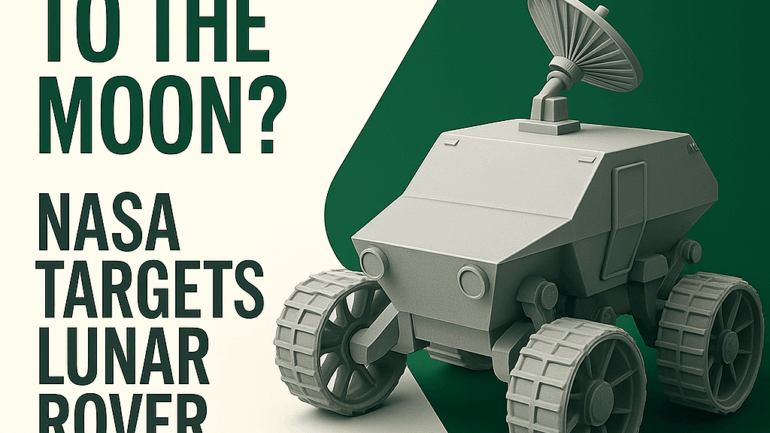Let’s get one thing straight up front: the Qidi Max 3 isn’t a bad printer. In fact, it prints quite well. But while it’s got the hardware chops to stand toe-to-toe with more expensive machines, its current price tag of $749 feels increasingly hard to justify — especially in 2025’s competitive market.
Not a Beginner-Friendly Machine
Would I recommend the Max 3 as someone’s first printer? Probably not.
Why? Because unlike the new wave of plug-and-play machines, the Max 3 still expects you to know a few things — z-offset tuning, bed leveling, calibration basics, and general troubleshooting. None of this is hard if you’ve been printing for a while, but for newcomers or former Bambu users, it’s a leap back in time.
And that’s part of the problem: it just feels old.
Great Hardware, Stale Experience
There are things I really like about the Max 3 — especially the generous build volume and engineering-grade temperature capabilities. The machine is built solid, and you can feel the quality in the frame, motion system, and print consistency.
But what drags it down is the manual operation. Leveling the bed with paper in 2025? Really? Navigating basic operations without true automation or modern UI flow? It’s the kind of user experience that feels stuck in 2018.
And that’s what makes the $749 price tag so painful.
Qidi, Here’s What Needs to Change
If Qidi wants the Max 3 to remain competitive, a few key updates could make all the difference:
-
✅ Firmware refresh: Smarter UI, better UX, and more streamlined workflows
-
✅ True auto-bed leveling: No more paper or “close enough” guesses
-
✅ Klipper integration: Either official or easily unlockable for users who want more control
-
✅ Community openness: Let users customize, flash firmware, and push performance
The hardware is already there, and that’s the most frustrating part. This could be a community favorite — not just among advanced users, but hobbyists and small print farms — if Qidi just pushed the software side forward.
A Better Price, or a Better Machine
At its current state, the Max 3 feels like it belongs in the $500–600 range. At $749, it’s competing with machines that offer more automation, a better UI, and less frustration. But if Qidi invested in a modern firmware experience, the price might not just be justified — it might be a bargain.
Until then, it remains a solid printer with great hardware trapped behind outdated software — and that’s a shame.


